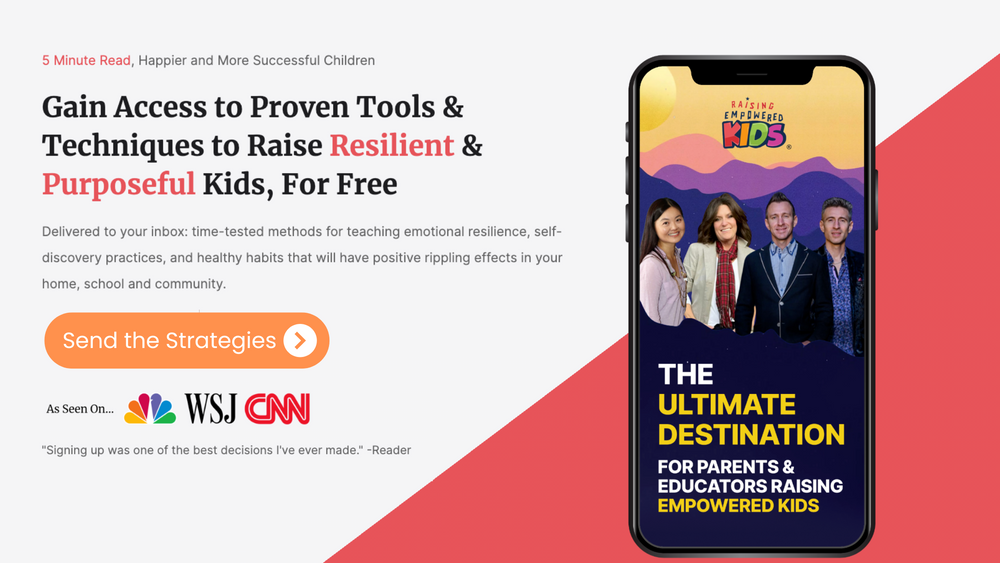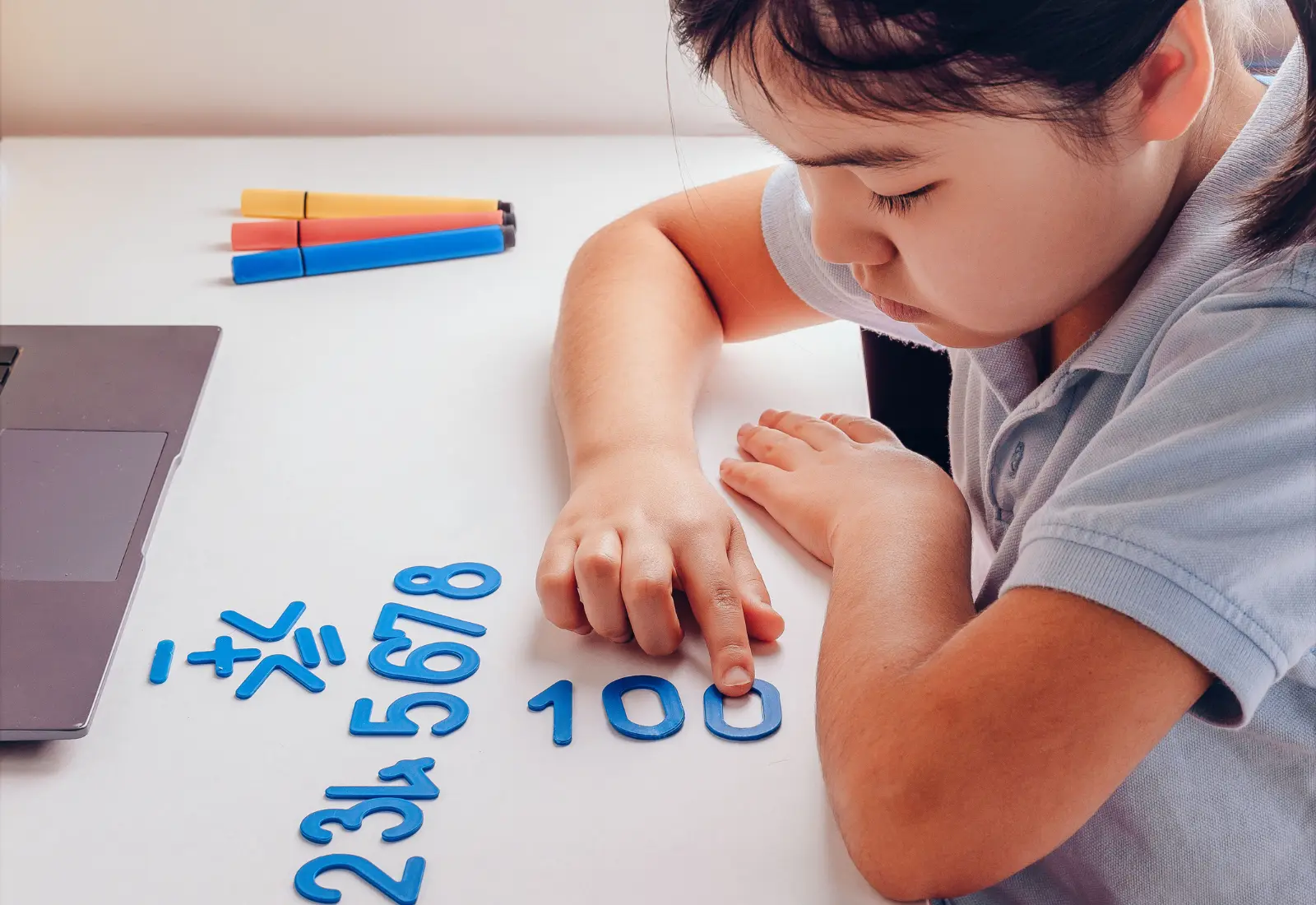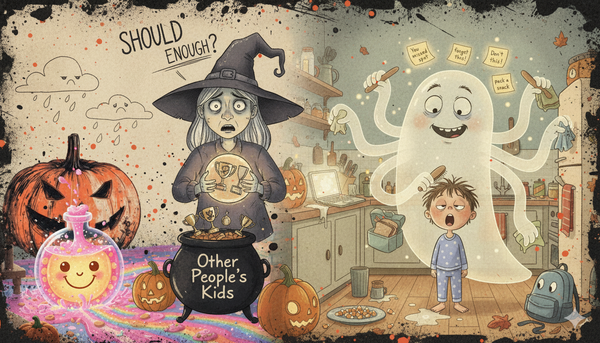My kids didn’t love math.
But they loved doing projects. In the kitchen, outside in the woods, in the garden, and at our dining-table-turned-maker’s-space. What we were really doing was using project based learning.
Why? To make math come to life and address the challenges they were facing.
My kids were creative. They loved making stuff, discovering things, solving problems in real life… And using math along the way when they needed it to solve a problem.
Doubling a cookie recipe? On it.
Debating Olympic world records for speed? Calculating soccer averages and percentages? Check. They could do it for hours.
Building a trebuchet and calculating height, speed, and distance? It was hard to pull them away for dinner.
It wasn’t the math. It was the worksheets they didn’t like.
Math on paper can feel abstract to kids.
Adding columns of numbers, multiplying fractions? Boring. My kids sat dutifully and did their math problems… with zero interest.
My kids all agreed math was important, but they didn’t enjoy it. And when it was confined to worksheets, they struggled.
Have you ever wondered how to make math more enjoyable for your kids?
Kids need ways to relate to math and understand the underlying concepts. They need to apply math in real life contexts for it to make sense.
Here’s where project based learning comes in.
Why Project Based Learning?
One of the easiest ways to help kids learn math is through real-world projects.
Most of us have heard of project based learning (PBL). It’s the new trend in progressive education. Resources like PBL Works and Edutopia offer valuable insights into the benefits of PBL for engaging kids.
But the reality is even though everyone loves the idea of using projects, most parents and educators struggle with how to integrate them effectively into lesson plans.
PBL uses real-world projects to help students actively engage in academic concepts. Recent studies show that PBL helps make learning more meaningful and fun.
Instead of just listening to lectures or memorizing facts, kids work on projects that require them to solve problems, think critically, and apply what they’ve learned in practical ways.
A PBL project starts with a driving question or problem that is relevant to your child’s interests or real-world issues.
A driving question is an open-ended question that acts as the north star for a PBL project. It acts as the central focus for the project, inspiring learners to explore, investigate, and find solutions related to a real-world issue or challenge.
A good driving question should be relevant to the child’s interests, encourage critical thinking, and require them to apply their knowledge in a meaningful way.
Examples of driving questions:
Instead of asking, “What is the area of a rectangle?” a driving question might be, “How can we design a community garden that uses the space efficiently?” Or if you want to help your kid understand percentages in math, instead of having them spend an afternoon doing calculations on a worksheet, you might develop a project around car racing. Examples of driving questions you could ask to jumpstart the project are: “How can we use percentages to compare the performance of different cars in a race?” or “How do weather conditions affect the percentage of tire wear during a race?”
This type of question sparks curiosity and engages kids in hands-on learning while integrating math concepts.
Learning takes place through the process of doing the project. This is distinct from traditional projects, where kids learn the lesson and then demonstrate what they’ve learned by making a poster or demonstration.
PBL Projects are child-led so that kids have agency in their learning. They decide what type of final presentation or work they will complete and figure out the necessary steps to get from the question to their unique answer.
The process of figuring it out, learning, facing challenges, reflecting, getting feedback, and failing forward? All part of the project pathway.
What are the Benefits of PBL?
PBL can help kids learn math more effectively.
Why? It gives them the chance to apply concepts in math to real life problems they care about. This goes for kids who are enthusiastic math lovers and kids who are reluctant learners. PBL Works and Edutopia offer valuable insights into the benefits of PBL for engaging kids.
Through projects, kids can test their math skills and solutions to see if they work. They can get practical feedback rather than worrying about getting a wrong answer on a worksheet. They can focus on the end goal — answering the driving question of the project — rather than the math.
Math becomes part of the solution rather than a problem in itself.
For example, if your kid is focused on doubling the cookie recipe, they are likely highly motivated. They will figure out how to add or multiple fractions to get there. If they want to build a mini roller coaster for their marbles or improve the profit margin for their dog walking business, they will solve the math problems to get there.
They’re motivated. And the math is useful… unlike when it’s just numbers on a worksheet.
And like all of us, kids are more motivated when what they’re learning is relevant.
The project is the inspiration to get kids to engage, think critically, collaborate, take ownership of their learning. It prompts them to develop real-world skills that they can use outside of schoolwork. PBL is the connecting bridge that inspires kids to learn math and make sense of it.
Sounds great. And it is. But how do you do it?
Use Projects that Integrate Math
The key to using PBL is to connect your child’s interests to a project that also has a math component.
It might sound daunting, but once you get into the project mindset, you’ll be amazed at how easy it is to think of ideas!
Start with your kid’s interests and the type of math concept that they need to work on. Here are some examples of everyday projects that use math as a core element.
15 Project-Based Learning Activities for Math
Cooking and Food-Related Activities
- Budgeting for a Party: Imagine your child loves parties and is excited about their upcoming birthday, or Halloween, or Fourth of July. Use this as the inspiration for a PBL project that combines event planning with math. Have your child plan a small party, a budget, and calculate costs for food, decorations, and activities. They will be excited imagining all the fun things to do and will end up practicing addition, subtraction, and multiplication in the process.
- Cooking for a Crowd: Maybe your kid loves cooking and can’t wait for the winter holidays. They are dreaming about gingerbread and sugar cookies. Create a PBL project around cooking and having them scale up their favorite recipes to serve to all their friends. They’ll be working out fractions, ratios, and conversions while staying excited and motivated.
- Pet Project: Say your child wants to get a pet dog. Maybe you make a deal with them about getting the pet if they take care of it. Your kid is excited… and sits down to do a project calculating their new pet’s food intake based on weight and feeding guidelines, and analyzing the cost of feeding and care over time. All because they’re motivated.
Nature and Outdoor Activities
- Nature Scavenger Hunt: You can build a math-based project around your kid’s love of nature. Create a scavenger hunt that invites your child to collect natural items (like leaves, rocks, or flowers), measure their lengths or weights, and analyze the data by creating charts or graphs.
- Creating a Garden: Maybe your child loves plants. Design a project with them that focuses on creating a garden plot and prompts them to calculate how many plants can fit based on spacing requirements. They can calculate area and maybe figure out growth rates.
- Weather Tracking: Is your child fascinated by weather? Help them design a weather tracking project. They can set up a weather station and track temperatures, rainfall, or wind speeds over a week, and create graphs to analyze data trends. They will be focused on the weather, but using math.
Design and Building Activities
- Building a Birdhouse: Does your kid enjoying making things and/or bird watching? You can design a project with them around building a birdhouse. They can take measurements to figure out dimensions… and learn about area and perimeter in the process.
- Building a Roller Coaster: Say your kid loves miniature cars or roller coasters. Prompt them to design their own mini roller coaster track using materials like paper, straws, or foam pipe insulation. Add math by having them calculate height, speed, and distance.
- Math Art Projects: Math is everywhere! Maybe your kid loves art and you’re wondering how to relate their interests to math. Help them create an art project using geometric shapes, exploring symmetry, patterns, and tessellations. They will be learning about different geometric properties.
Budgeting and Financial Literacy Activities
- Shopping Spree: Does your kid love shopping? Set up a mock store at home using play money to buy items. Your kid will get a chance to practice addition, subtraction, and making change.
- Designing a Store: Or maybe your child loves shopping and designing and the idea of owning their own store. Perfect for an entrepreneurial PBL project. Help your kid create a business plan for a store, decide on prices for items and calculate profits, discounts, and inventory. Math in action.
- Creating a Personal Finance Plan: Does your kid like money? Having it, that is. Perfect for doing a personal finance project. Help them track allowance or money they earn from chores, or set savings goals for toys or experiences. They will use addition, subtraction, possibly percentages, and financial saving strategies.
Math and Measurement Activities
- Mapping a Route: Ground math in daily activities. Maybe your kid bikes around the neighborhood a lot. Design a mapping project and prompt them to map out a walking or biking route. They can calculate distances and estimate travel times. They will use geometry and measurement skills.
- Math in Sports: What about sports? Does your kid have favorite teams? Design a project to help them analyze statistics from their favorite sports teams, calculate averages, percentages, and plot graphs to represent player performance.
- Measurement Olympics: Or maybe your kid loves watching the Olympics. You can design a project around measuring and tracking top performing athletes’ stats. They can create a chart and calculate averages and ranges.
How to Integrate PBL with Your Child’s Math Lessons
Use the above list as inspiration and brainstorm ideas with your kid around their interests.
Projects can focus on cooking, animals, sports, entrepreneurship, nature exploration, geography, history, storytelling, or pets. The possibilities are endless.
And yes, even the most seemingly un-math-like interests can be connected — to math! You just need to get creative and brainstorm with your kid.
Use mind mapping to help your kid organize their ideas and narrow them down. If you need more support on how to use mind mapping, check out my article here.
Once you and your child have decided on a concept and found ‘the math connection,’ you’re ready to develop the driving question for the project. If you need more support on driving questions, check out my free (and short!) video training.
Keep in mind the point is not to replicate math problems on a worksheet.
The point is to engage your kid in actively using math to solve real-world problems — that they care about!
It’s okay if they don’t use every concept or if they find workarounds. Your kid is learning how to use math in real life in a way that matters. They are also teaching themselves.
They may also be overcoming fear or anxiety they might have had around understanding math because they are using it — to make cookies, put in a garden, build a trebuchet, or design a city.
Another key aspect of using projects to help kids develop math skills?
You can develop a project for each new math concept or for math concepts your kid needs a refresher on. Some can be short, like an afternoon of baking. Others can be more involved, like planning a business and figuring out project margins.
Focusing on both new skills and already learned skills helps your kid build confidence.
Each math project does not need to use only ‘new skills’ that challenge your kid to the edge of their math abilities.
You can do a project that challenges them in other ways, but that uses familiar math. For example, maybe your child loves architecture, design, and urban planning. You help them design a project around designing a city. The project will help them develop skills in math, language arts, environment and sustainability, and social studies.
The math they’ll use focuses on perimeter and area calculations — stuff they learned a few grades back. This is a perfect way for them to practice those skills and gain a new level of confidence.
PBL is an ideal way to help kids integrate new and old skills and gain real-world mastery over them.
4 Tips for Using Project Based Learning Successfully
The goal of any project is to help your child learn how to learn by taking ownership of their learning. All the mistakes or hiccups along the way are part of the process.
But there are better (and easier) ways to set up a project to give your kid the best chance to learn from it.
Tips
- Scope: Make sure the scope — of the project AND the driving question — is challenging but doable for your kid. If it is too challenging or they have no grounding in the math or other skills they’ll need for the project, the experience can be frustrating and unproductive. If the scope is too easy and doesn’t offer enough of a challenge, your kid can also lose interest and not see the point. It may take some practice to find that balance.
- Driving question: Make sure the driving question is open-ended and non-googleable, meaning not something your kid can just look up. It should be the type of question that your kid can find their own unique answer to.
- Goals: Help your kid define their goals for the project and the steps they’ll need to take to get there.
- Mentoring: Act as a mentor for your child and let them learn to lead the project.
Takeaways
Project based learning is one of the best ways to bring math to life. It can help your kid make sense of mathematical concepts because they will learn to apply them in real-world scenarios.
It doesn’t need to be hard or daunting. You can integrate PBL with any curriculum or any stage of their learning.
Learning math can be fun and accessible through PBL. You don’t need to be an expert at math or projects or super-crafty to do it! Start with a simple project and work into it. Incorporating real-world projects into your child’s education will help them develop skills mastery and gain ownership over their learning.
My kids thought they didn’t like math, but they went on to use it in the things they love most — welding, being an entrepreneur, biology…the list is long.
By using PBL, you’ll be helping your child become an independent learner.
They might just discover a love of math! And even if they don’t, they’ll gain confidence in using it for what they do love.
This article was originally published at Medium. Republished with permission from the author.












Member discussion